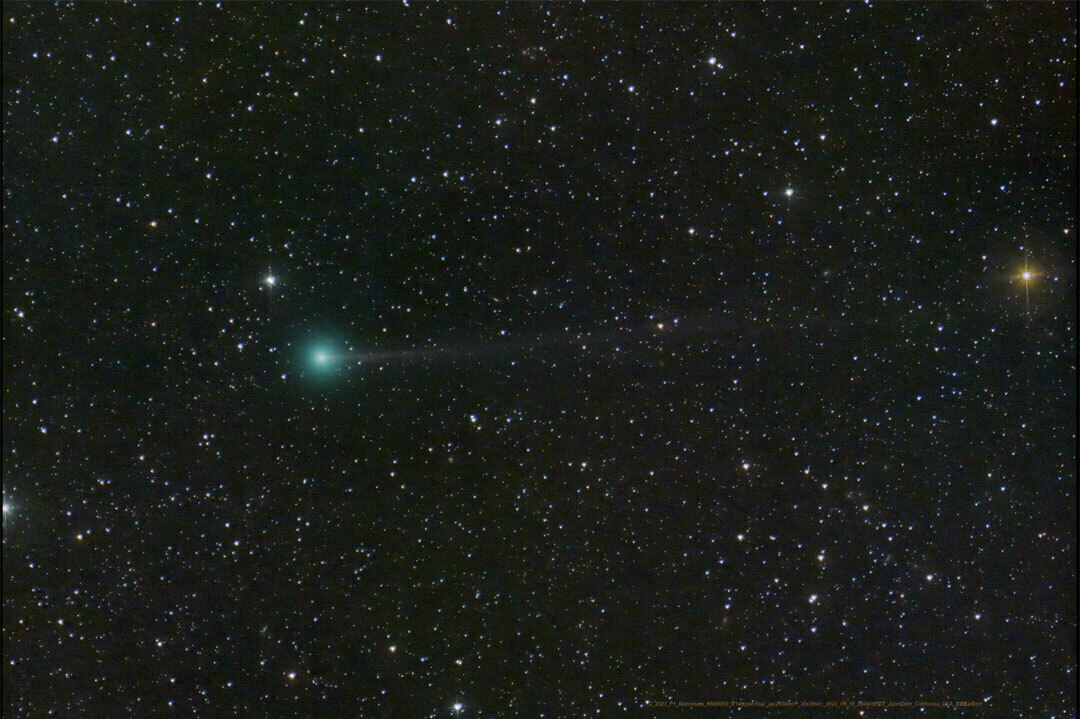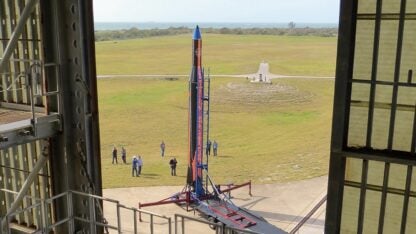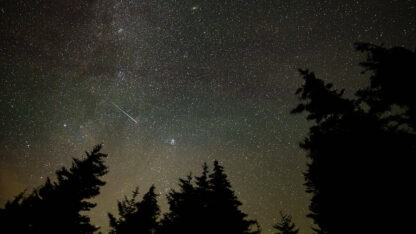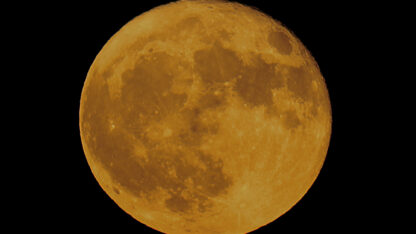How to see a newly-discovered green comet this week, before it vanishes for 400 years

A newly-discovered green comet is zipping by Earth and is now visible for the first time in more than 400 years.
Comet Nishimura was discovered by amateur Japanese astronomer Hideo Nishimura on Aug. 11 and named after him.
Nishimura first spotted it by taking long exposure shots using a Canon digital camera and a telephoto lens.
What is it?
When our solar system first formed, huge amounts of debris were left over. So what we see as a comet is a chunk of dirty ice that remains from that time.
Comets typically stay far away from the sun, frozen and impossible for us to see. But every once in a while, one will come in toward the sun.
As the heat from the sun begins to evaporate the icy material that makes up the comet, the dirt and dust inside gets freed, leaving behind the tail of the comet — which is what we see from Earth.
In the age of automated telescopes, Nishimura’s discovery is quite the feat.
“It’s getting harder and harder for amateur astronomers to scan the sky and see something that isn’t on the star chart. But that’s what Nishimura has done,” astronomer Andrew Fraknoi told All Things Considered.
“He discovered a comet before any of the automated systems in space discovered it. So that’s a real tribute to his persistence.”
How can I see it?
Not easily.
Right now, it’s only visible from the northern hemisphere. You need to get up before the sun and look toward your eastern horizon — so find a place where you can see very low on the horizon.
Your best shot at seeing this comet is Tuesday morning when it’s closest to Earth. It will be closest to the sun on Sept. 17, after which it will come around and be visible from the southern hemisphere.
To find it, look in the constellation of Leo. You will need binoculars or a small telescope to get a good view.
If you’re seriously committed to seeing the comet, Fraknoi recommends checking out Sky & Telescope for star charts to help guide you.
The comet appears to burn a bright, lime green color in photographs. But Fraknoi says don’t look for something green in the sky.
“The naked eye just shows a fuzzy white glow,” he said. “The green only shows up in photographs.”
When was this comet last seen on Earth?
Scientists determined that this comet takes about 430 years to orbit the sun.
So the last time it was visible from Earth was in the late 1500s — before Galileo Galilei pointed his telescope to the sky .
It will be visible from Earth again in the 2450s.
So if you miss it this time, you’ll be waiting a while until your next chance.
9(MDAxODM0MDY4MDEyMTY4NDA3MzI3YjkzMw004))








